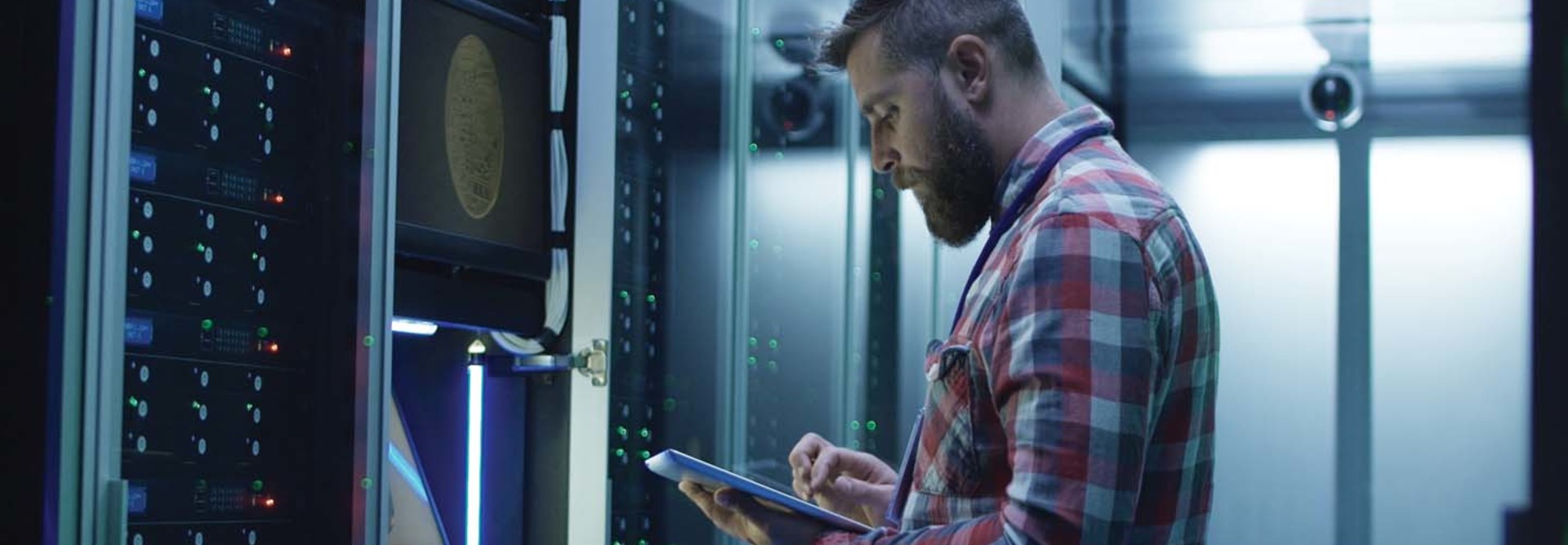Data Center Power: AI and Other Computing’s Impact
But AI isn’t the only place to point fingers: Data-driven processes are also on the rise, pulling information from throughout campus data centers and IT systems.
“As we’re collecting more data from the multitudes of systems, it’s increasingly straining them,” says Kathe Pelletier, senior director of community programs with EDUCAUSE. One of her key roles there is to help higher education CIOs adapt to new technologies such as generative AI.
With rising volumes of data, we’re on the verge of not having enough silicon to meet the demand for processors and memory chips. “Pretty soon, we will hit a wall where our silicon supply chains won’t be able to keep up with the amount of data being generated,” Deep Jariwala, a professor of electrical systems and engineering at the University of Pennsylvania, tells Penn Today.
If energy consumption continues to climb at current rates, some areas of the United States may not have enough energy to keep the computers humming.
“We are going to run out of energy capacity probably within the next seven to 10 years,” Kellen says. “And your state may be advantaged or disadvantaged based upon how it regulates its cost of energy.” For example, he says, Washington and Nevada have distinct advantages because of their low energy costs.
Still, Kellen doesn’t think AI and other computing demands will overwhelm the nation’s power systems. Instead, he expects innovations in technology — likely fueled by AI applications — to help us adapt.
RELATED: Expert advice on getting higher education infrastructure AI-ready.
Can Artificial Intelligence Also Be a Sustainability Solution?
How does AI help address these resource shortages and rising costs? The sustainability experts at CDW note that AI can provide smart ways to optimize data center operations and uncover potential energy savings. “This is particularly important in higher education, where data-driven decisions can impact student success, resource allocation and overall institutional effectiveness,” write CDW’s Brent Loper and Joshua Scarbrough. Its sustainability efforts focus on issues such as extending equipment lifecycles and reducing water demand in cooling systems.
How else might AI come to the rescue? The Columbia Climate School at Columbia University suggests several intriguing possibilities, including:
- Assessing the intricate, interwoven components of climate and creating more accurate climate prediction models
- Helping engineers develop lighter, stronger materials that use energy in more inventive ways
- Monitoring rainforests, oceans and other sensitive environments to discover problems much sooner and find practical solutions
Kellen thinks market forces will also reshape the energy consumption picture in the years to come. AI providers have racked up billions in expenses developing ChatGPT and other popular tools. The companies must recover those costs by charging fees to institutions such as colleges and universities, he says. What happens if the costs appear to outweigh the benefits?
“The market will begin to curtail the energy usage, because demand will begin to flatten as people decide that the price may not be worth it,” he says.
Cost pressures may save energy in other ways. EDUCAUSE’s Pelletier suggests that smaller learning models may help universities overcome the massive energy consumption of large language models. Kellen notes that the supercomputing center at UC San Diego is looking high and low for ways to trim the energy costs of GPUs and processor cooling systems.
He also expects innovations in software, hardware and cooling systems over the next few years to ease the strain on electrical grids. However, he adds, it’s not clear whether these efficiencies will arrive soon enough to quell rising demand.
#Affecting #Data #Center #Power #Consumption










